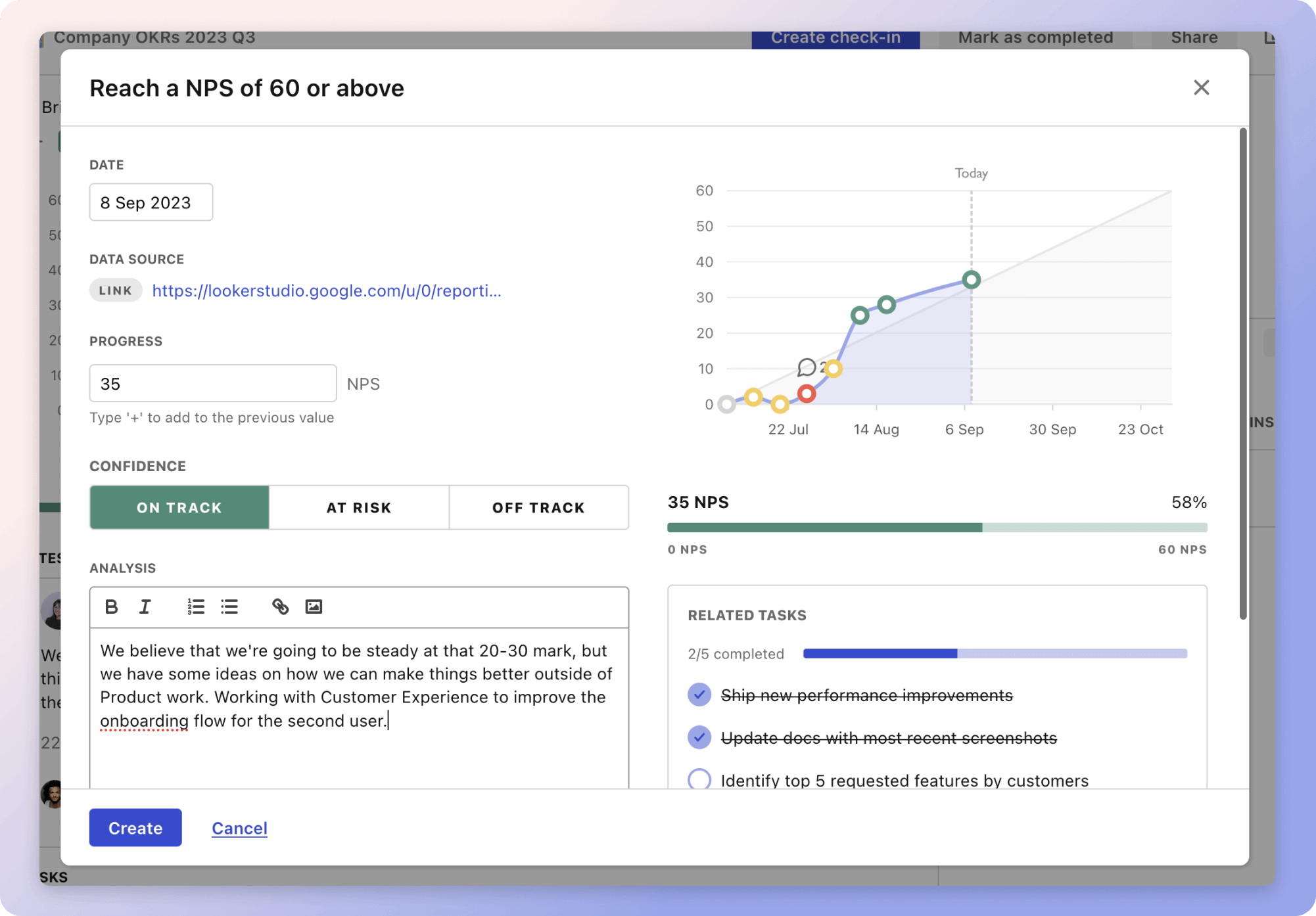The strategy for trading gold futures aims to ensure consistent profits while minimizing losses. One key aspect is developing a solid trading plan. This includes setting a daily profit target of $100 and a weekly loss limit of the same amount. Traders can assess the number of trades required each day and apply stop-loss orders to reduce potential losses. For example, a trader might perform pre-market analysis and use technical indicators like moving averages to make informed trading decisions.
Another component is leveraging technical analysis. By understanding candlestick patterns and using trend line analysis, traders can predict market directions and anticipate entries and exits. For instance, volume indicators may confirm trends, assisting traders in setting alerts for critical price levels.
Lastly, effective risk management is crucial. This involves limiting trade amounts based on the trading capital and using position sizing to control risks. Traders are encouraged to regularly review their trading strategies, keep a detailed trading journal, and continuously educate themselves on risk management. Practicing on a demo account and avoiding emotional decisions are also important for long-term success.
The strategies
⛳️ Strategy 1: Develop a solid trading plan
- Set a daily profit target of $100 and a weekly loss limit of $100
- Determine the number of trades needed to reach the daily profit target
- Establish a stop-loss order to minimise losses per trade
- Conduct a pre-market analysis to identify potential trading opportunities
- Use technical indicators to inform entry and exit points
- Set realistic risk-reward ratios for each trade
- Commit to a specific trading schedule each day
- Review your trading plan weekly and make necessary adjustments
- Keep a detailed trading journal to track performance
- Reflect on both successful and unsuccessful trades to improve strategy
⛳️ Strategy 2: Leverage technical analysis
- Learn and use common technical indicators like moving averages and RSI
- Understand candlestick patterns for predicting price movements
- Apply trend line analysis to identify market direction
- Use volume indicators to confirm trends
- Set alerts for significant price levels
- Utilise chart patterns to anticipate potential breakouts
- Backtest your strategies to ensure reliability
- Follow daily and weekly gold market updates
- Integrate news-based analysis with technical analysis
- Maintain a watchlist of influenced commodities and indices
⛳️ Strategy 3: Manage risk effectively
- Limit each trade to a set percentage of your trading capital
- Diversify trades to reduce exposure
- Utilise position sizing for controlling trade risk
- Use trailing stop orders to lock in profits
- Never trade during high market volatility unless it favours your strategy
- Regularly withdraw profits to safeguard gains
- Practice regularly on a demo account to finesse skills
- Avoid emotion-driven trading decisions
- Schedule regular periods of review and debriefing
- Educate yourself continually on risk management techniques
Bringing accountability to your strategy
It's one thing to have a plan, it's another to stick to it. We hope that the examples above will help you get started with your own strategy, but we also know that it's easy to get lost in the day-to-day effort.
That's why we built Tability: to help you track your progress, keep your team aligned, and make sure you're always moving in the right direction.

Give it a try and see how it can help you bring accountability to your strategy.
